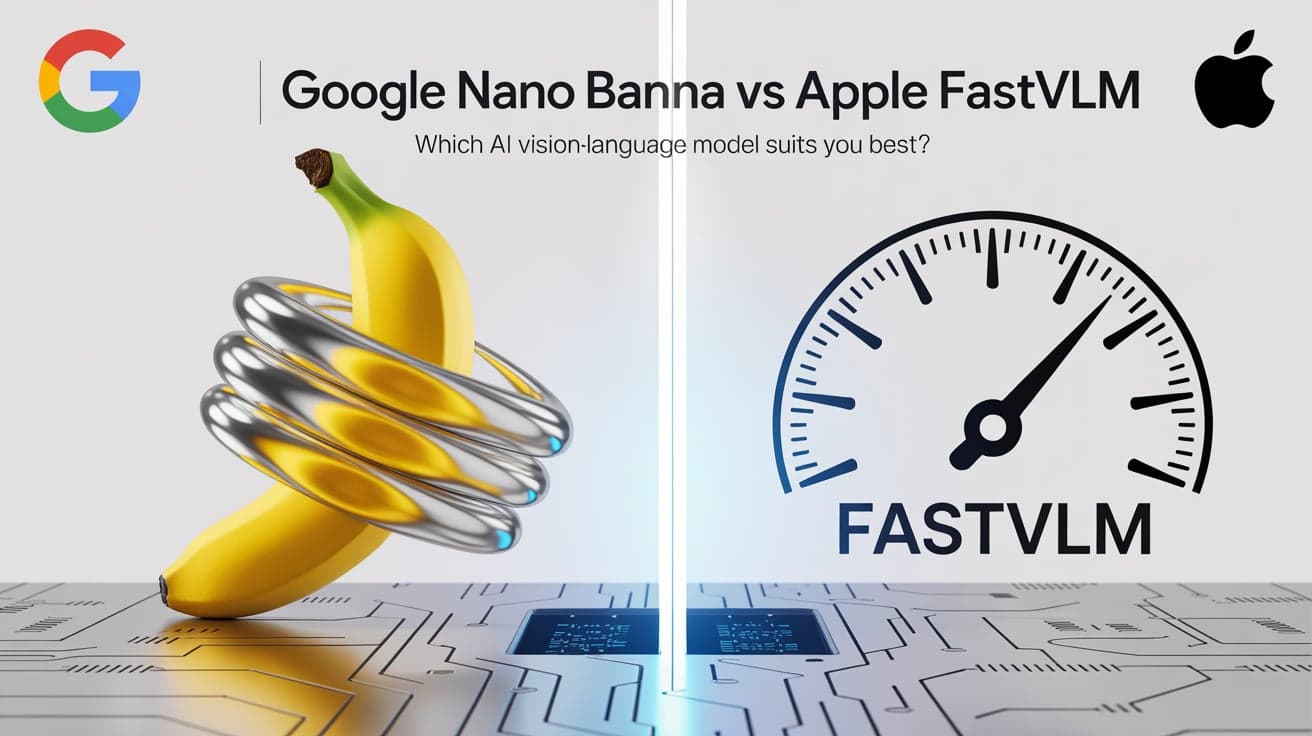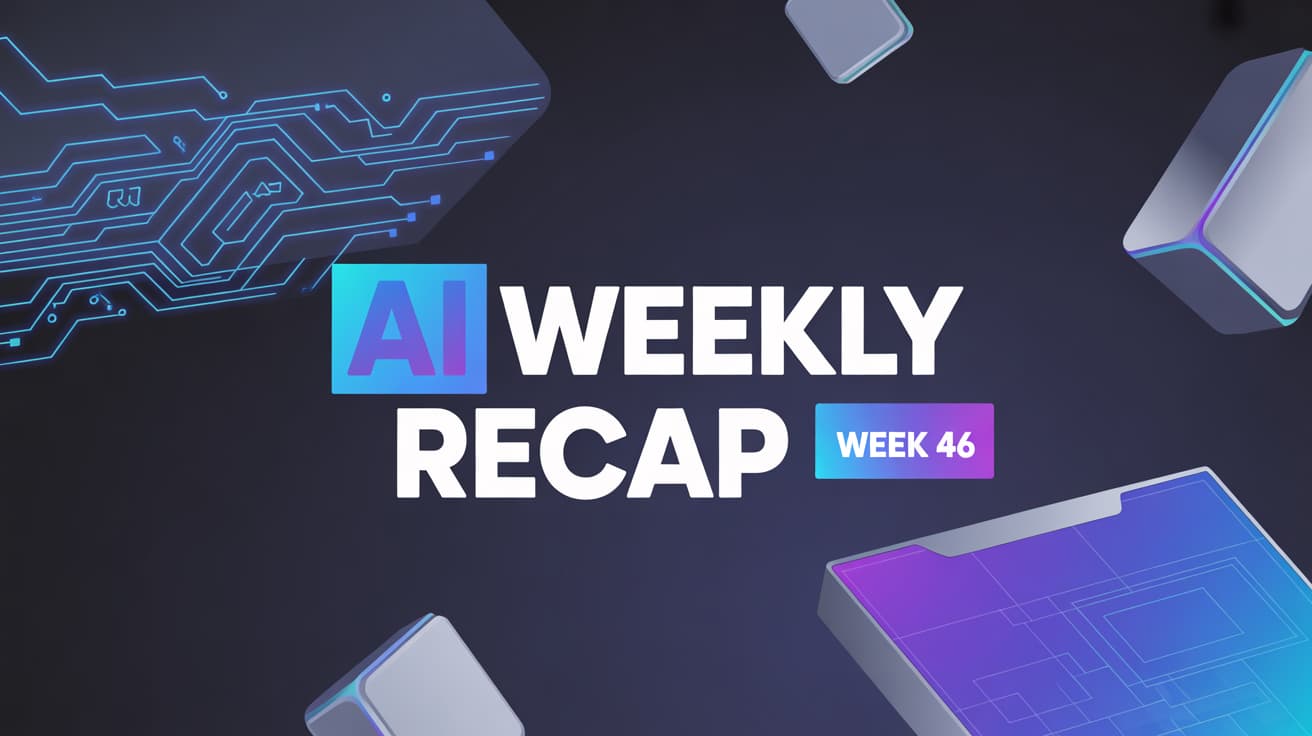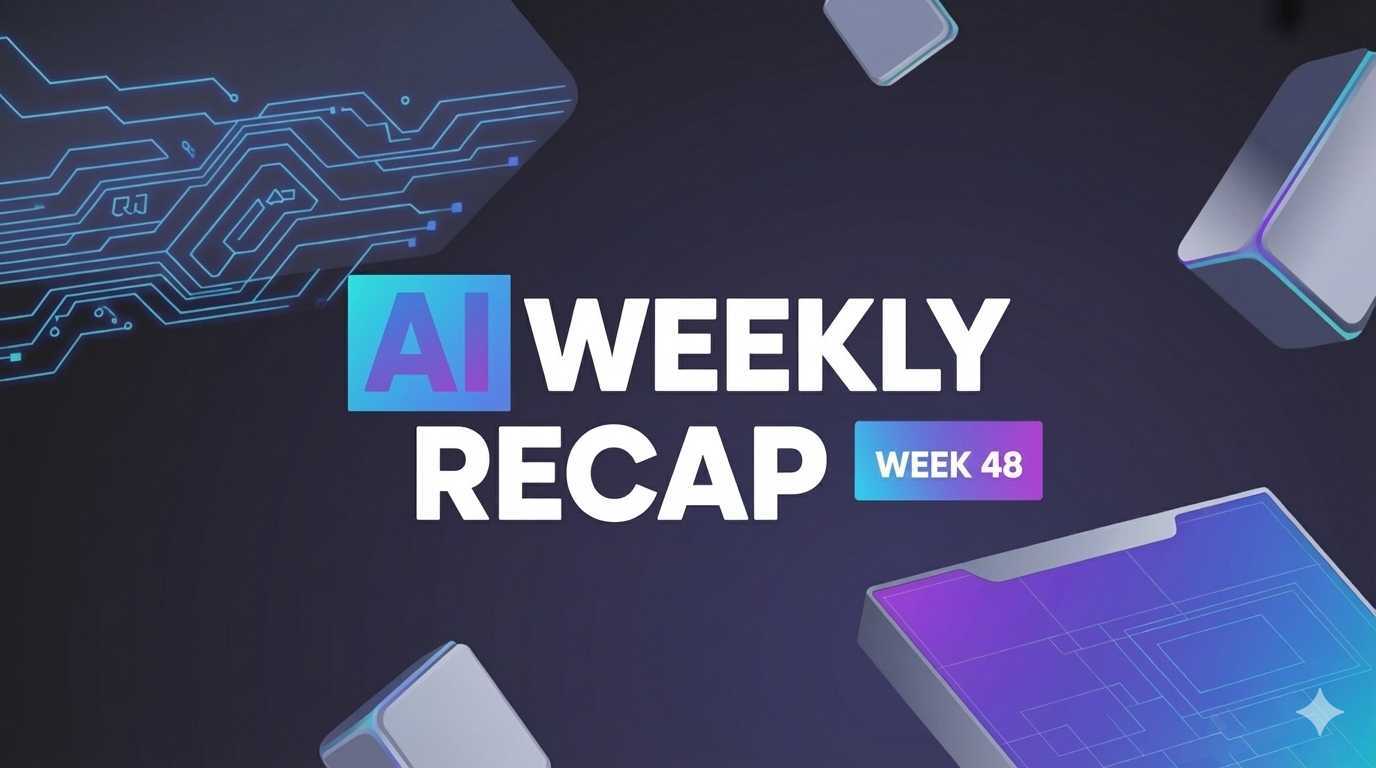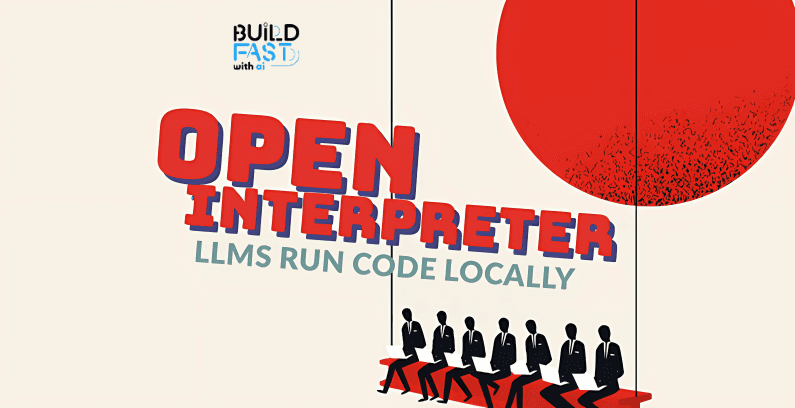Google Nano Banana vs Apple FastVLM: Which Vision-Language Model Should You Choose?
Explore a detailed comparison of Google Nano Banana (Gemini 2.5 Flash Image) and Apple FastVLM. Learn their strengths, limitations, real-world benchmarks, and which one best suits your workflow.

Google Nano Banana or Apple FastVLM – Which Suits You Better?
The AI race isn’t slowing down, and two giants—Google and Apple—are bringing game-changing vision-language models (VLMs) to the table. On one hand, we’ve got Google Nano Banana (the official name being Gemini 2.5 Flash Image), a powerhouse designed for creative image editing and multimodal reasoning. On the other hand, there’s Apple FastVLM, built for blazing-fast, on-device efficiency and real-time performance.
Both models are redefining what’s possible in image processing. But here’s the million-dollar question: which one actually fits your workflow?
Let’s break it down step by step so you can make an informed choice.
Understanding the Technologies
Google Nano Banana (Gemini 2.5 Flash Image): The Creative Powerhouse
Google’s Nano Banana is part of its Gemini family, known for advanced multimodal capabilities. Unlike older models that separated text and image data, Nano Banana uses a unified transformer architecture that handles both natively. That means richer context understanding, smoother edits, and far more accurate outputs.
Key Highlights:
Native multimodal reasoning (no need for separate translation layers).
Multi-image fusion for complex scene editing.
Identity preservation—characters and objects stay consistent across edits.
Sub-2-second turnaround for complex image edits.
Seamless integration with Google’s massive 1-million-token context ecosystem.
In short: if your work demands creativity, style transfer, and precision editing, Nano Banana is built for you.
Apple FastVLM: The Efficiency Champion
Apple’s FastVLM takes a totally different route. It’s all about speed, efficiency, and privacy. Using a hybrid convolutional-transformer architecture (FastViTHD), it delivers lightning-fast vision processing on high-resolution images. Best of all, it runs directly on Apple devices, no cloud required.
Key Highlights:
Optimized hybrid vision encoder (convolution + transformer).
On-device processing for privacy and lower costs.
Up to 3x faster than competing models in accuracy-latency trade-offs.
Handles very high-resolution images using dynamic tiling.
Tight integration with Apple’s MLX framework.
In short: if you value speed, privacy, and efficiency, FastVLM is the obvious choice.
Head-to-Head Performance Comparison
Speed and Efficiency
Google Nano Banana: 1–2 seconds for complex edits; up to 15x faster than older rivals; optimized via Google’s cloud TPU infrastructure.
Apple FastVLM: Time-to-first-token as low as 31.7ms; up to 85x faster than comparable VLMs; runs in real time on iPhone 16 Pro.
👉 Winner: FastVLM for raw speed; Nano Banana for heavy-duty editing.
Technical Architecture
Nano Banana: Advanced Gemini transformer with multimodal fusion; identity embeddings; cloud-based.
FastVLM: Hybrid convolution-transformer encoder; far fewer tokens required; built for high-resolution images; device-optimized.
👉 Winner: Depends on your needs—Nano Banana for creative depth, FastVLM for technical efficiency.
Use Case Analysis
For Creative Professionals
Nano Banana Advantages: Identity consistency, multi-image fusion, style transfer, brand prototyping, natural language creative direction.
FastVLM Advantages: Real-time previews, document analysis, high-resolution rendering, strong privacy.
👉 Verdict: Nano Banana wins for advanced creative workflows; FastVLM shines in quick design iterations.
For Developers and Enterprises
Nano Banana: Available via Gemini API (Google Vertex AI); global reach; strong ecosystem integration—but higher costs.
FastVLM: Open-source inference code; native Apple integration; lower costs due to on-device processing—but limited to Apple hardware.
👉 Verdict: FastVLM offers more flexibility and cost savings; Nano Banana is the enterprise-grade solution.
Strengths and Limitations
Google Nano Banana Strengths
Best-in-class creative editing.
Strong identity consistency.
Robust scene understanding.
Global cloud availability.
Deep integration with Google’s AI stack.
Google Nano Banana Limitations
Cloud-dependent.
High computational costs.
Limited for ultra-high-resolution outputs.
Latency possible in certain workflows.
Apple FastVLM Strengths
Blazing-fast performance.
On-device privacy.
Lower costs.
Real-time applications.
Optimized for Apple ecosystem.
Apple FastVLM Limitations
Apple-only (platform lock-in).
Limited creative editing features.
Smaller context understanding than Nano Banana.
Not as strong for artistic transformations.
Real-World Benchmarks
Nano Banana:
Complex edits: 1–2 seconds.
Identity preservation: 95%+ accuracy.
Multi-image fusion success: ~90%.
Creative style transfer: Excellent.
FastVLM:
Document analysis accuracy: 72.4%.
Vision encoding latency: 31.7ms.
On-device performance: Real-time.
Overall VLM performance: 76.2%.
Which Technology Suits You Best?
Choose Google Nano Banana if:
✔ You’re a creative professional.
✔ You need advanced identity and style consistency.
✔ You regularly edit multi-image compositions.
✔ You work in Google’s ecosystem.
✔ You don’t mind higher cloud costs.
Choose Apple FastVLM if:
✔ Speed and privacy are critical.
✔ You want real-time, on-device performance.
✔ You work within Apple’s ecosystem.
✔ Document analysis and high-res image understanding matter.
✔ You prefer lower operational costs.
👉 Hybrid Strategy: Enterprises may benefit from both—Nano Banana for creative projects, FastVLM for real-time document-heavy tasks.
Future Outlook
Google Nano Banana is expected to expand into higher-resolution outputs, creative suite integration, and lower-cost cloud options.
Apple FastVLM will likely grow beyond iOS/macOS, improve creative editing features, and refine real-world workflow integrations.
The Verdict
There’s no absolute “winner” here—it all depends on what you need.
For creativity and advanced editing: Go with Google Nano Banana.
For speed, privacy, and on-device use: Stick with Apple FastVLM.
For enterprise setups: A hybrid approach might be best.
Either way, you’re looking at state-of-the-art AI technology that’s transforming how we interact with visual data.
===================================================================
Master Generative AI in just 8 weeks with the GenAI Launchpad by Build Fast with AI.
Gain hands-on, project-based learning with 100+ tutorials, 30+ ready-to-use templates, and weekly live mentorship by Satvik Paramkusham (IIT Delhi alum).
No coding required—start building real-world AI solutions today.
👉 Enroll now: www.buildfastwithai.com/genai-course
⚡ Limited seats available!
===================================================================
Resources & Community
Join our vibrant community of 12,000+ AI enthusiasts and level up your AI skills—whether you're just starting or already building sophisticated systems. Explore hands-on learning with practical tutorials, open-source experiments, and real-world AI tools to understand, create, and deploy AI agents with confidence.
Website: www.buildfastwithai.com
GitHub (Gen-AI-Experiments): git.new/genai-experiments
LinkedIn: linkedin.com/company/build-fast-with-ai
Instagram: instagram.com/buildfastwithai
Twitter (X): x.com/satvikps
Telegram: t.me/BuildFastWithAI
AI That Keeps You Ahead
Get the latest AI insights, tools, and frameworks delivered to your inbox. Join builders who stay ahead of the curve.
You Might Also Like

7 AI Tools That Changed Development (November 2025)
Week 46's top AI releases: GPT-5.1 runs 2-3x faster, Marble creates 3D worlds, Scribe v2 hits 150ms transcription. Discover all 7 breakthrough tools.

7 AI Tools That Changed Development (December 2025 Guide)
7 AI tools reshaping development: Google Workspace Studio, DeepSeek V3.2, Gemini 3 Deep Think, Kling 2.6, FLUX.2, Mistral 3, and Runway Gen-4.5.

Open Interpreter: Local Code Execution with LLMs
Discover how to harness the power of Large Language Models (LLMs) for local code execution! Learn to generate, execute, and debug Python code effortlessly, streamline workflows, and enhance productivity. Dive into practical examples, real-world applications, and expert tips in this guide!

